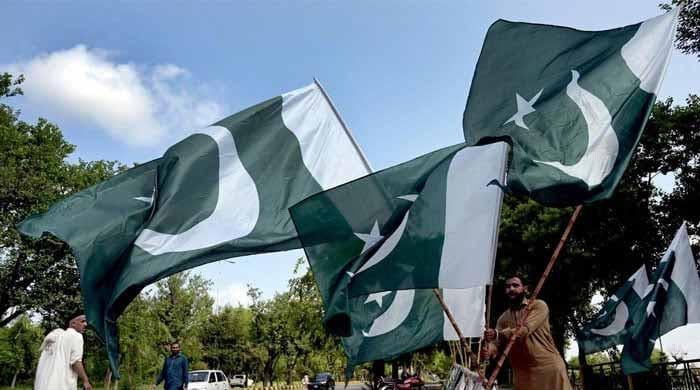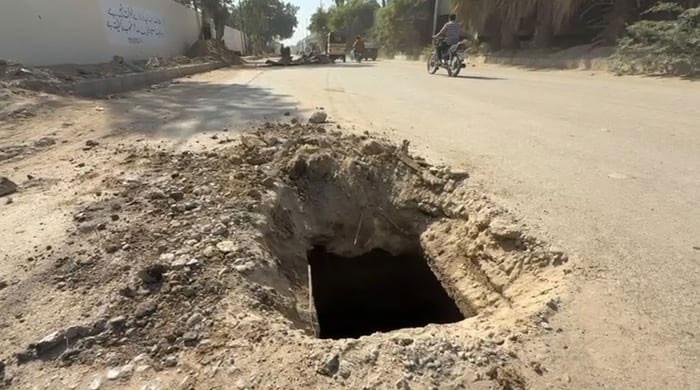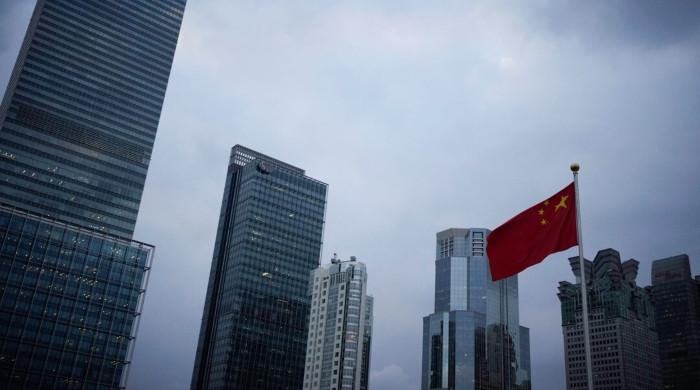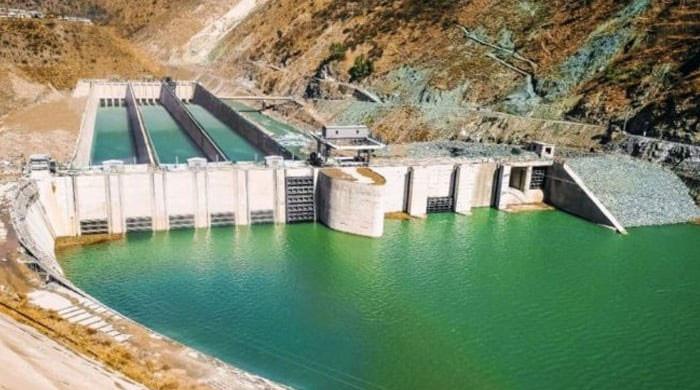Why does Karachi drown every time it rains?
Karachi will remain ungovernable and will continue to rank amongst least livable cities until rulers show political will to change things
July 15, 2022
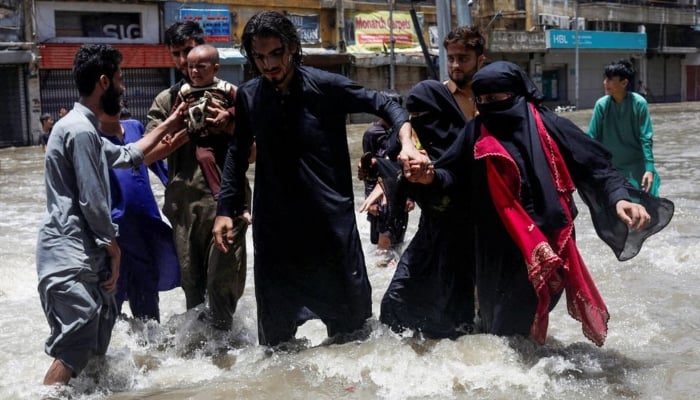
Pakistan’s economy has rarely been on the right track. If the state doesn’t want to develop its own economic hub, how will it improve the country's economy?
This is the story of Karachi, Pakistan’s commercial hub and its most populous city, where people from across the country arrive every year to look for jobs. Keeping this fact in mind, one would assume that the city’s plans would be made accordingly. But that is not so.
Karachi will remain ungovernable and will continue to rank amongst the least livable cities until the rulers show the political will to change things.
What the city needs today are solutions not slogans. And the solutions are there if anyone is looking.
Here are some suggestions from where the authorities can start:
- Declare Karachi a metropolitan city with administrative and financial powers. Place all civic agencies, including the Defence Housing Authority (DHA) and the Cantonment Board, under the mayor of the city so they can be held accountable.
- Have a zero encroachment policy, particularly regarding waterways and circular railway tracks.
- Avoid multiple or mega projects which take at least one or two decades like Karachi Mass Transit or even K-IV. Cities need projects which are practical and complete on time.
- Karachi needs thousands of public transport buses and a circular railway. Both the PPP and MQM-P governments could have done all this within 30 years but because of their infighting Karachi, and the entire Sindh, suffered.
- Residential and commercial areas should not be mixed up together. They need to be kept separated.
Unfortunately, even after the 18th amendment of the Constitution, complete powers were not transferred to local and provincial governments because of pressures from parliamentarians.
There is no doubt that all over the world unprecedented natural disasters such as tsunamis, heavy rains, and earthquakes caused colossal damage but the countries are affected and learn from these disasters to minimise the death tolls.
With the changing climate situation, the government should have prepared for the worst. But instead, Karachi does not have roads, drainage systems, a supply of water and a public transport system according to the needs of the present population.
The dilemma is that here we are not even ready to recognise the actual population of the city. If it is a city of over 30 million and the official census figure shows much less then it will raise questions.
Karachi’s initial Master Plan has been altered, encroached and destroyed. Had Karachi been made a metropolitan city after the shifting of the federal capital to Islamabad, it would have boosted Pakistan’s economic conditions. Instead in the last few years, only katchi abadies have increased in the city and the waterways of Karachi have been encroached.
Today, nearly six million people live in these disorganised and illegal settlements. Even the posh areas of Karachi like the DHA are poorly planned and designed without a water and drainage system.
Karachi was still on the right track when former prime minister Zulfiqar Ali Bhutto laid the foundation of the Pakistan Steel Mill, thanks to the Soviet Union. Roads were expanded but no one was ready to bring the city’s civic institutions like the Karachi Metropolitan Corporation, the Karachi and Water Sewerage Board, the Karachi Building Control Authority, and the Karachi Transport Corporation under one umbrella ie the mayor of Karachi.
I have been told that initially, the DHA had only five phases, but then both the DHA and Cantonment Boards, through massive commercialisation, expanded their areas. Some of their new projects even blocked the flow of drainage systems. As a result, half of DHA gets flooded even with moderate rain.
While civic agencies under Karachi’s city governments have been completely destroyed due to corruption and political appointments.
The PPP has been in power in Sindh since 2008. During this time, the party has not empowered the local governments nor performed well themselves.
MQM-P, on the other hand, had been sharing powers either with them or with others as major partners since 1987. They enjoyed a powerful few years between 2002 and 2007, under General Pervez Musharraf. Yet, they could not get the PPP, PML-N or the PTI governments to prevent “china-cutting”.
With another weather alert this week of heavy rains in Karachi, the people of the city are left with no other option but to pray.
Mazhar Abbas is a journalist, columnist, and analyst at GEO, The News and Jang. He tweets @MazharAbbasGEO




